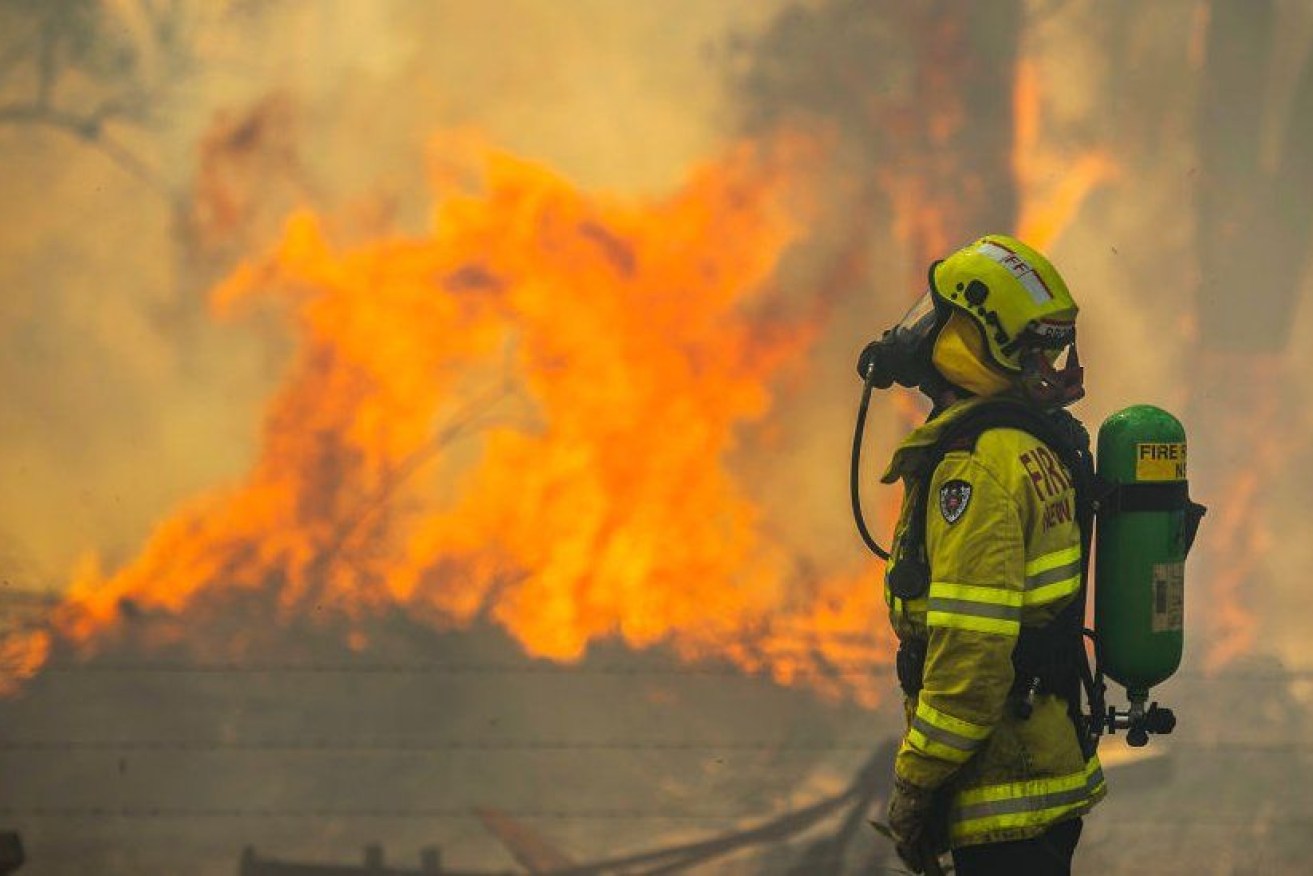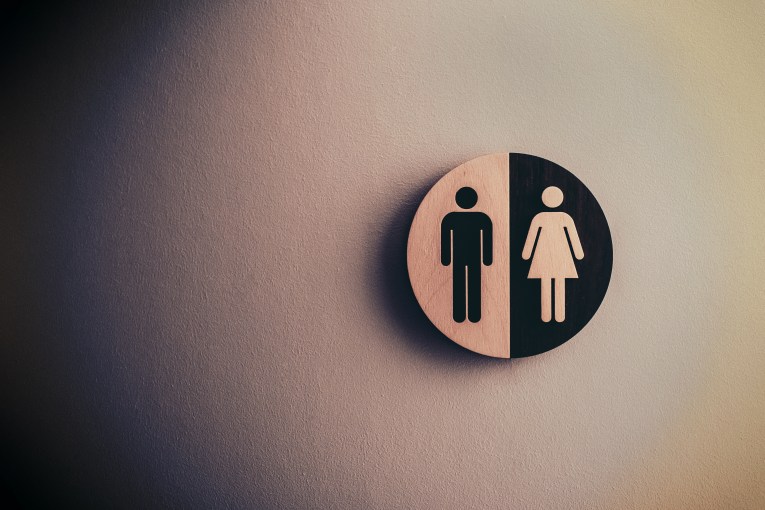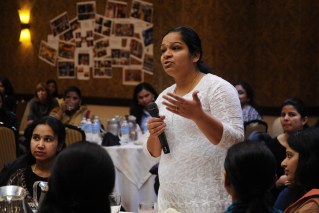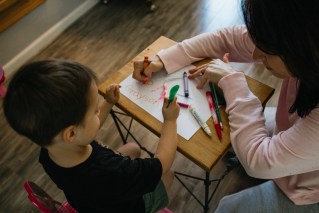Indigenous practices might take some of the heat from our bushfire danger
Fire departments across the Gold Coast hinterland are examining Indigenous fire-control practices as an alternative to standard hazard-reduction burns after one such burn spiralled out of control.

Volunteer firefighters on the Gold Coast hope indigenous fire prevention methods may be used more commonly (Photo: BBC)
In the latter part of 2019, when catastrophic wildfires sprung up across the east coast of Australia, firefighters struggled to control them despite the hazard reduction burns which had been performed only months earlier.
This eco-disaster called into question the effectiveness of prescribed burns, leaving local firefighters searching for a better alternative.
With a steadily worsening climate and many prescribed burns going out of control, there is hope that hazard reduction burns may be replaced with a century old method.
Lee Leeton, a Thunghutti, Bundjalung and Mualgal man who lives on Mt Tamborine and is a volunteer firefighter with Tamborine Mountain Rural Fire Brigade, said indigenous methods of hazard reduction involved what he called the “cool burn”.
“Or sometimes we call it the right fire, it’s a nice gentle burn that’s a low temperature because the whole ground is a seed bank and has all these seeds in the ground there and we want to activate the right seeds, that’s why timing is important.”
He is a member of the Firesticks Alliance, an indigenous-led network that aims to re-invigorate the use of cultural burning in fire and land management. Its ultimate goal is to enable and empower Aboriginal and non-Aboriginal communities to work collectively towards resilient landscapes.
The Tamborine Rural Fire Brigade held a practice hazard-reduction session on the mountain last year. Those present on the day said it was considerably slower than standard hazard-reduction burns, giving animals plenty of time to escape but also clearing away the accumulated rubbish on the ground through which fires can quickly spread.
Timing is incredibly important to the successfulness of this process.
The brigade became the first in south-east Queensland to change its approach on how fire practices are applied within a Rural Fire Brigade.
Greg Lincoln, first officer of Mt Tamborine Rural Fire Brigade, said “a cultural burn is not a quick method but after a 2-3 year period, the cultural burn has achieved far more than a hazard reduction burn.”
With a recent reminder of the severity of Australian bushfires, many firefighters hope that Indigenous alternatives will come into practice sooner.
As stated by Lee Leeton, “If we look after the land, the land will look after us.”’
Something to remember as the future brings with it challenges to the preservation and resilience of the natural environment.












